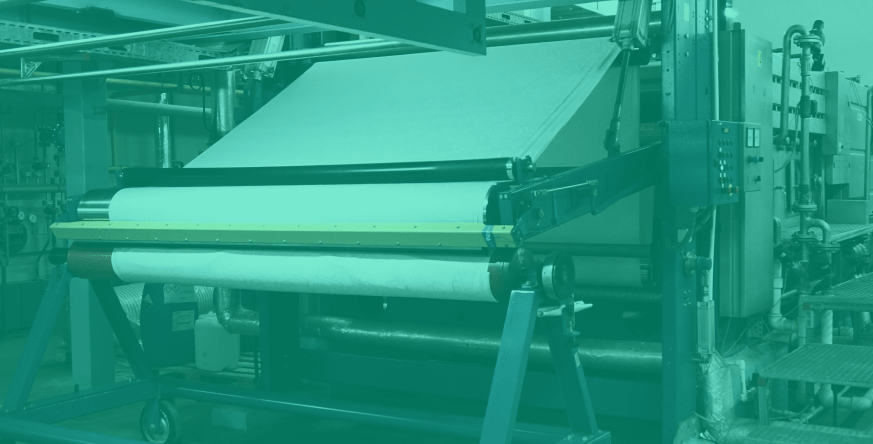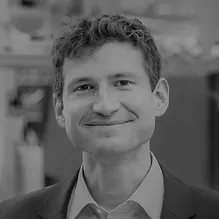APPROACH
The various layers of artificial turf are replaced by bio-PE. There the following steps are necessary:
- Development of monofilaments for the pile wear layer from biobased PE
- Production of film tapes from biobased PE
- Production of carrier fabric structures from the film tapes
- Development of novel tufting structures
- Thermobonding/coating from 100% recycled PE
Bio-PE is the ideal raw material for this purpose, as it does not differ chemically from crude oil-based PE. The mono-material concept and the the elimination of infill granules, the recyclability of the material is drastically increased in contrast to the previous thermal recycling process. In the course of the project, two large-scale demonstrators that can be used for test purposes will be manufactured will be manufactured and designed as real laboratories and recycled after use, in order to run through the process chain in the sense of the circular economy.







